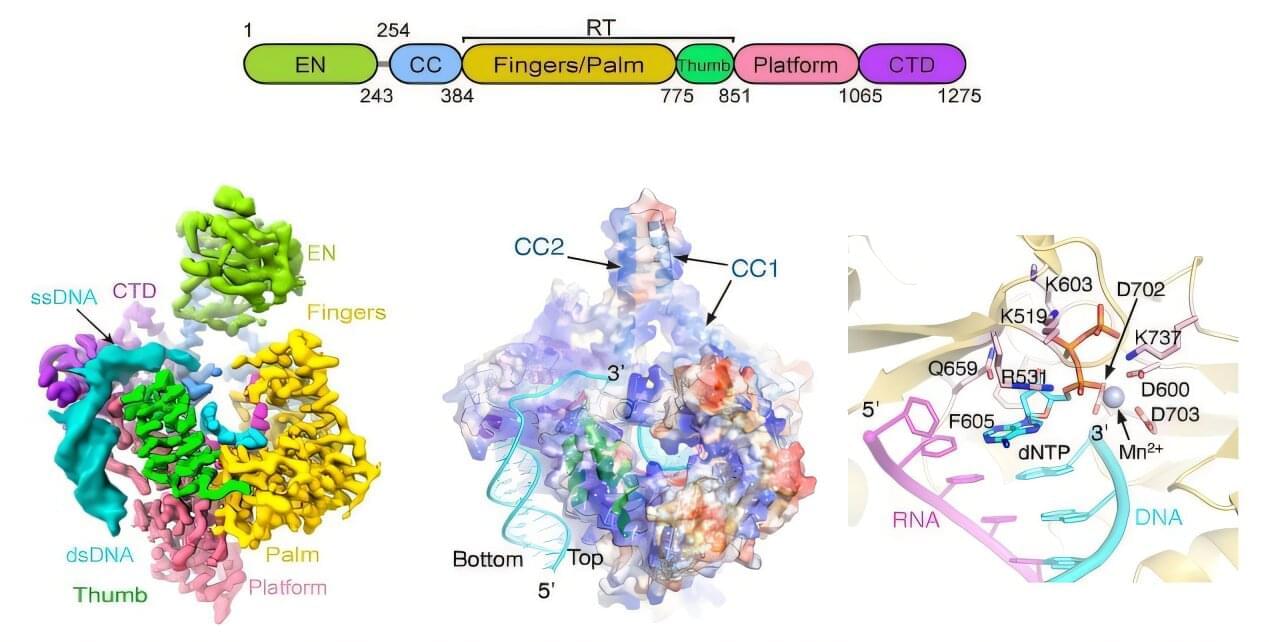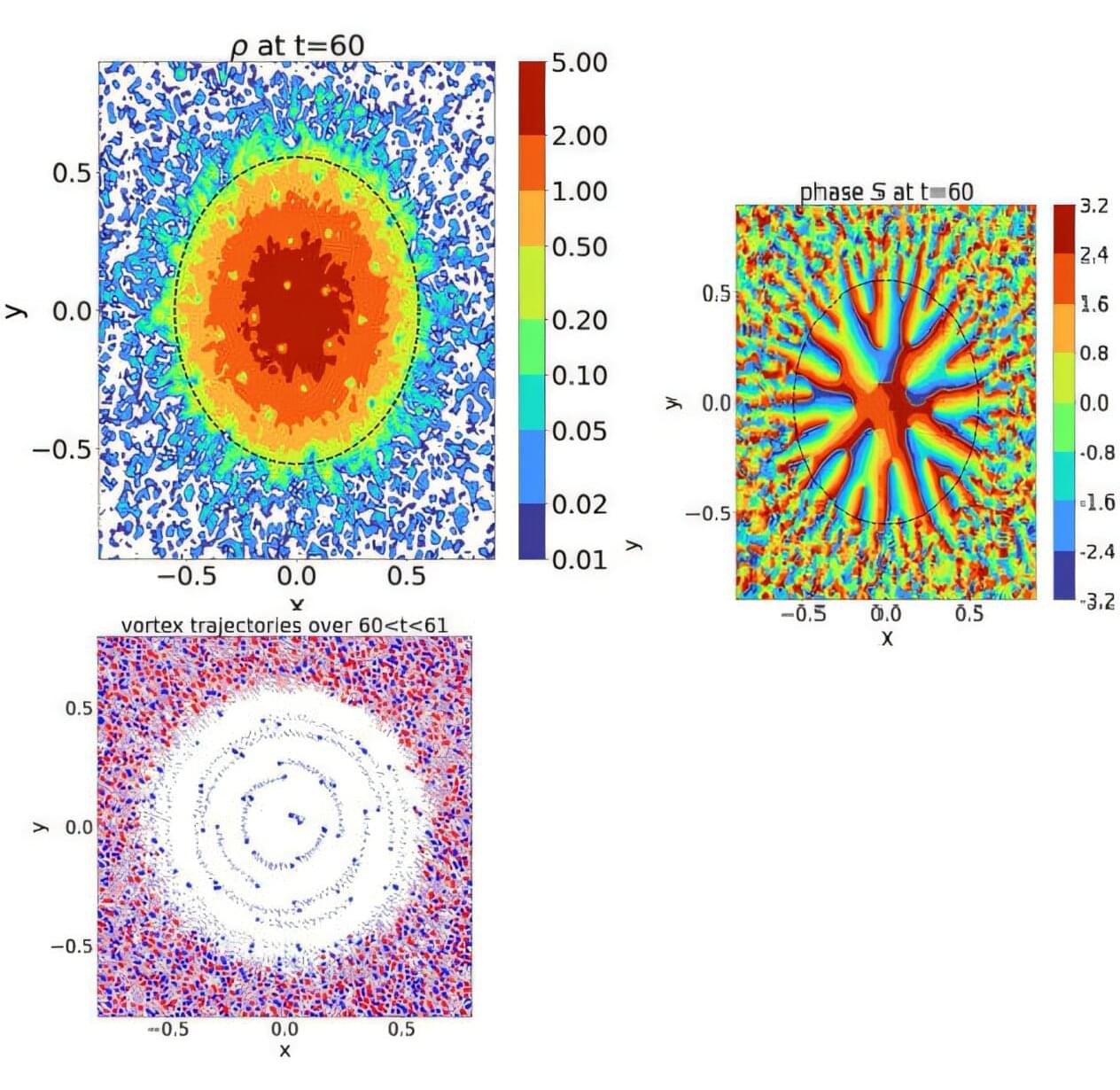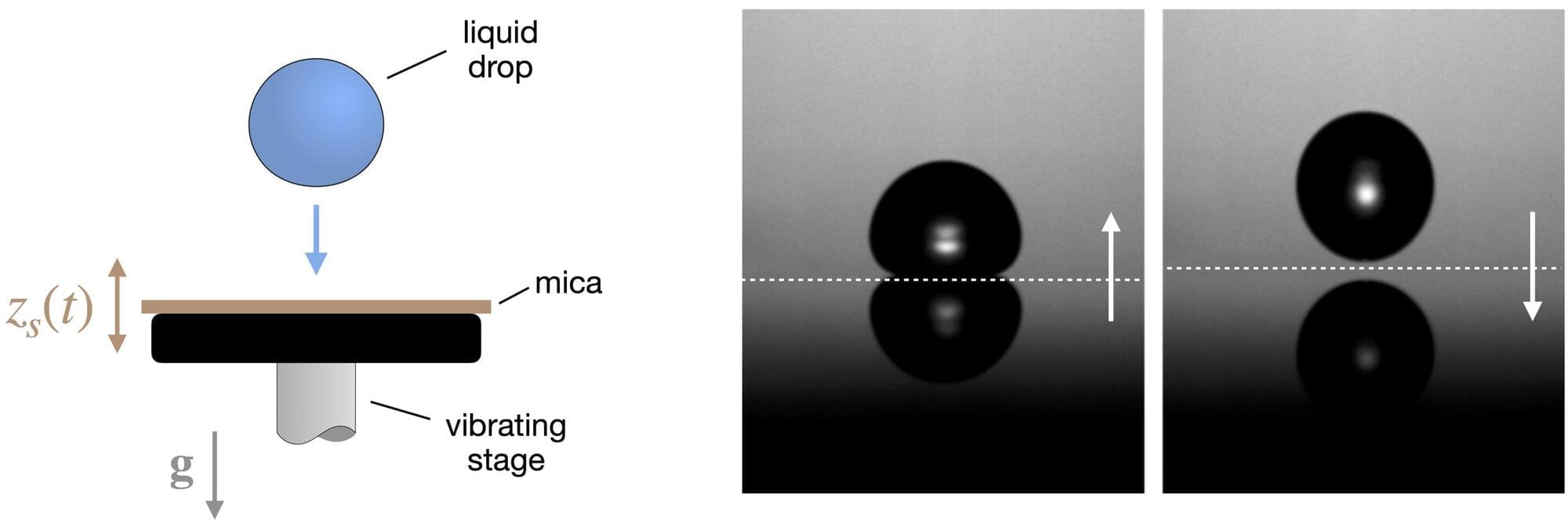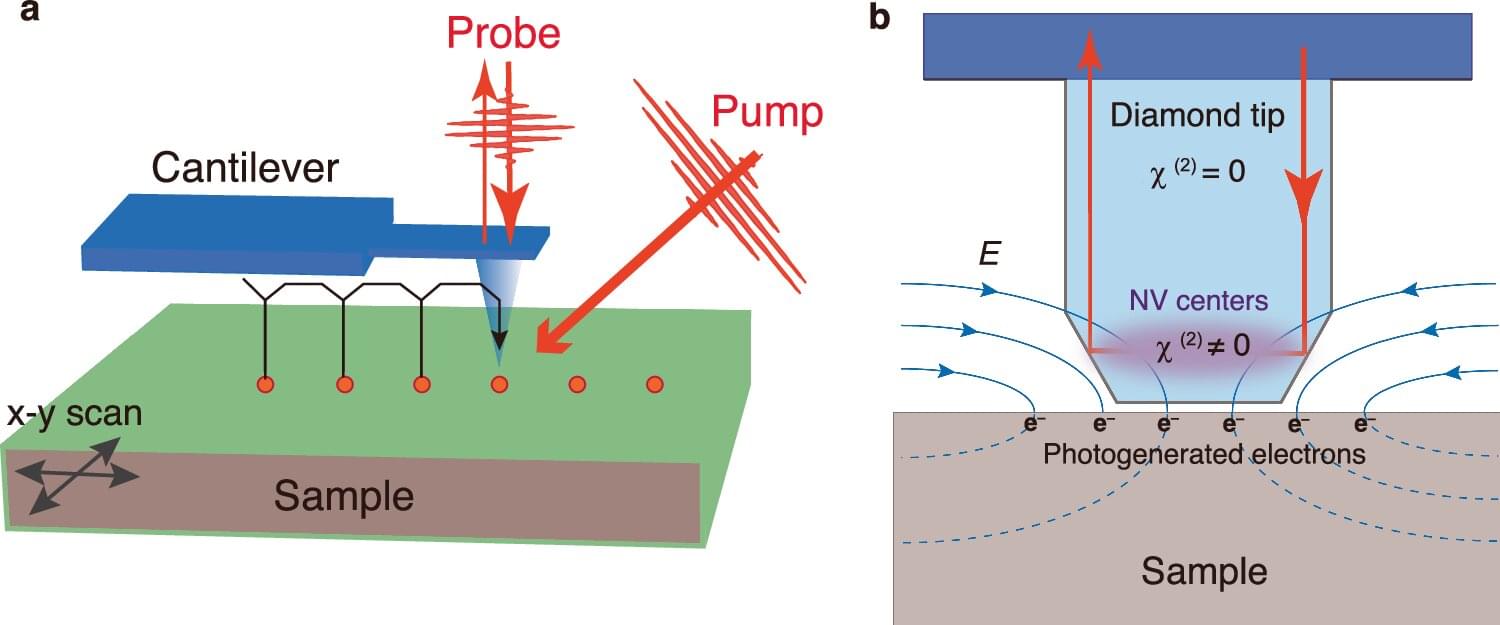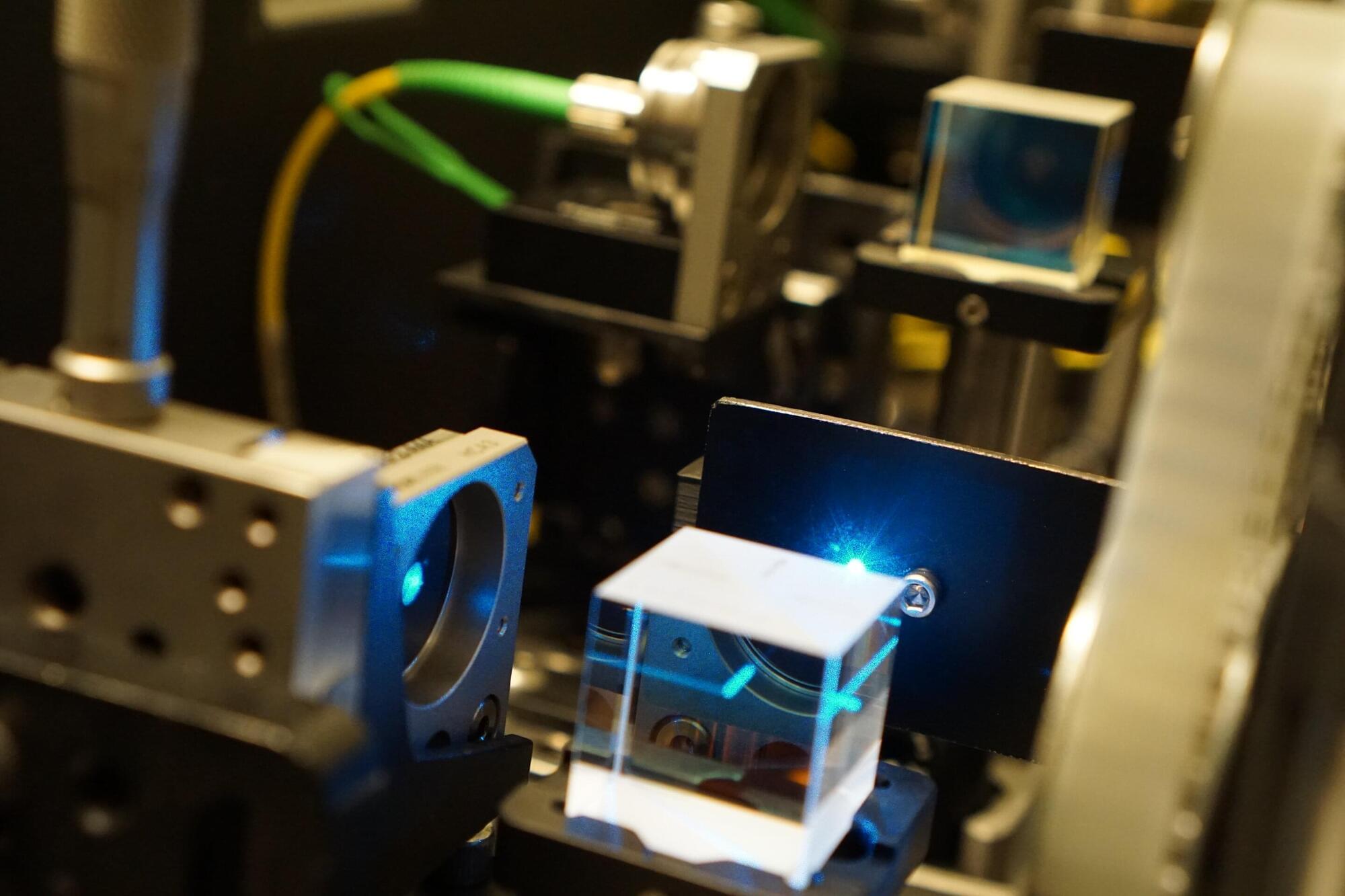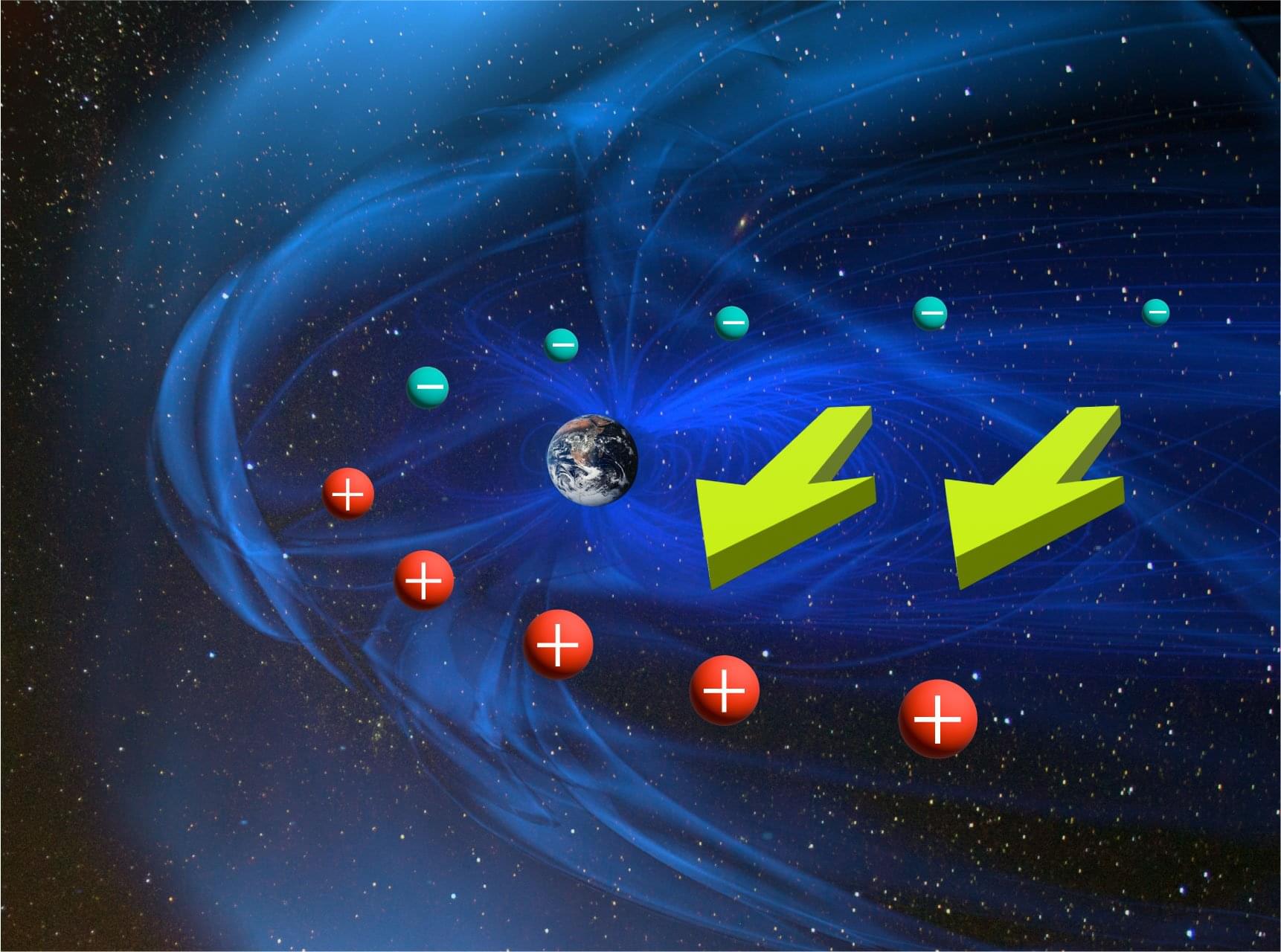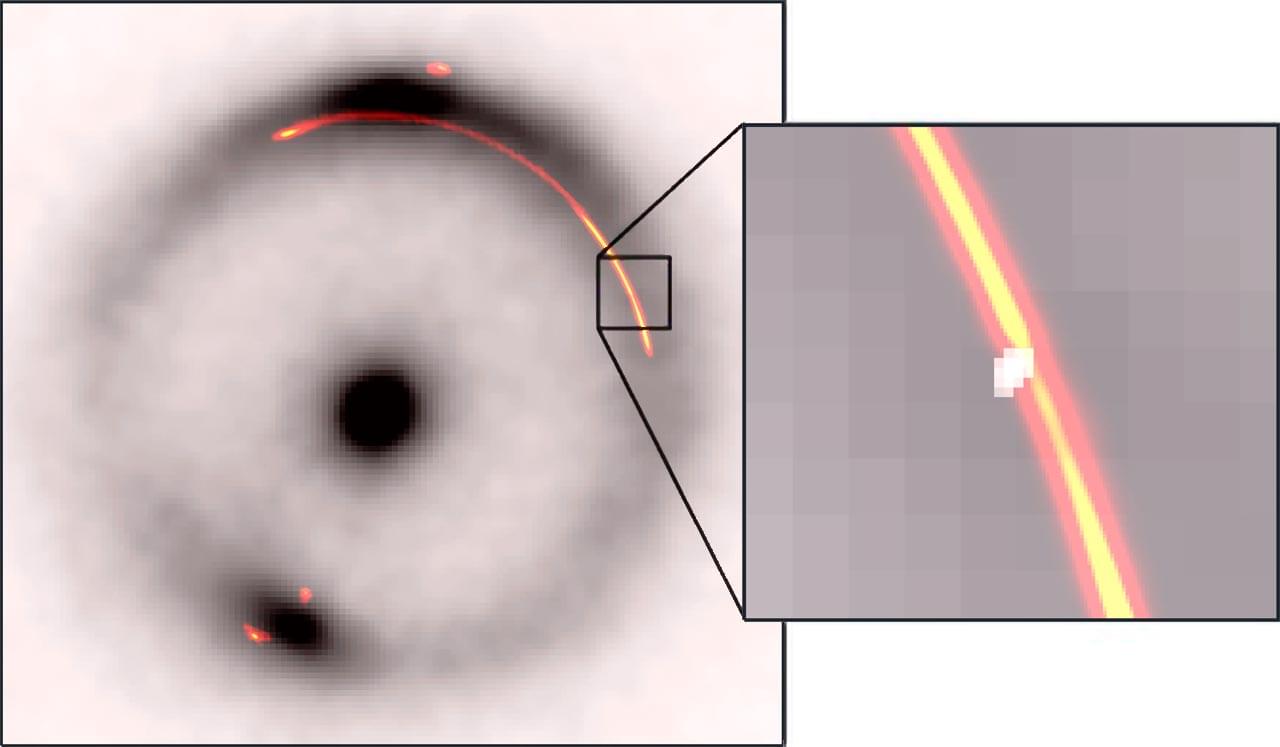Long interspersed nuclear element-1 (LINE-1 or L1) is the only active, self-copying genetic element in the human genome—comprising about 17% of the genome. It is commonly called a “jumping gene” or “retrotransposon” because it can “retrotranspose” (move) from one genomic location to another.
Researchers from the Institute of Biophysics of the Chinese Academy of Sciences have now unveiled the molecular mechanisms that underlie L1’s retrotransposition and integration into genomic DNA. Their study was published in Science on October 9.
L1 is the only autonomously active retrotransposon in the human genome and serves as the primary vehicle for the mobilization of most other retrotransposons. Its retrotransposition process is mediated by the reverse transcriptase ORF2p through a mechanism known as target-primed reverse transcription (TPRT). Until now, the manner in which ORF2p recognizes DNA targets and mediates integration had remained unclear.
